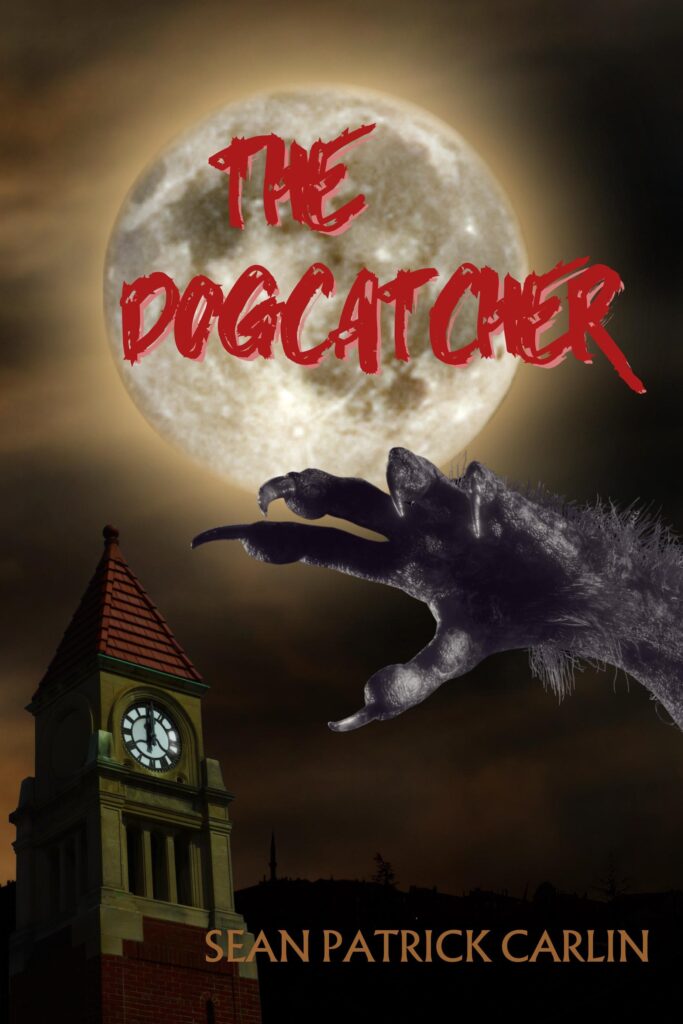Lest anyone doubt the real-world superheroic capabilities of a fictional character, let me state for the record that Batman taught me how to read.
For in watching the syndicated reruns of the Adam West series in the late seventies—the kitschy opening credits, specifically—my not-yet-literate mind eventually recognized a correlation between the splashy title-card logo and repetitive choral chant that accompanied it, and “Batman” became the first word I could read and write. Absolutely true story.

“Ba, ba, ba, ba, ba, ba, ba, ba, ba, ba, ba, ba, ba, ba, ba, ba, ba! Bat-man!”
I loved the old Batman show—the pop-art color scheme and Dutch angles (not that I took conscious note of such stylistics at the time) were like a cartoon come to life. The camp humor? Entirely lost on me: When Batman and Robin slid down the Batpoles and zoomed off in the Batmobile—staged in that glorious life-sized playset of a Batcave—the sense of adventure was kinetic. And when the villain-of-the-week left our heroes for dead in some Rube Goldbergian contraption—their fate to be determined in twenty-four agonizing hours!—the tension was excruciating.
Unlike most of my heroes at that time—Michael Knight, the Duke boys—the Dynamic Duo weren’t confined to the limited jurisdiction of their own fictional worlds, but rather popped up elsewhere, too, in animated form on The New Scooby-Doo Movies and Super Friends, and I never quite understood why no one had thought to put Adam West, Christopher Reeve, and Lynda Carter in a movie together; with no concept of copyright issues or irreconcilable aesthetics or what later came to be called “shared cinematic universes,” it seemed like a no-brainer to assemble an all-star superhero team from the preexisting talent pool.

Batman v Superman: Dawn of Justice
Thirty-five years after I—along with an entire generation raised on the same pop-cultural diet, it turns out—first dreamed it, the team formerly known as the Super Friends are getting the tent-pole treatment next month with the release of Batman v Superman: Dawn of Justice, Warner Bros.’ opening-salvo attempt at the kind of license to print cash shared cinematic universe Marvel has so deftly pioneered (to the envy of every studio in Hollywood). Fanboy anticipation is at a full boil, if enthusiasm on social media is any barometer; many are counting down the days with a breadth of fanaticism ordinarily reserved for the Second Coming, others forecasting the would-be mega-franchise’s stillbirth, but all are anxiously awaiting Dawn.
Not me, though. I can say with absolute and irrevocable certainty that I’ll be sitting out Batman v Superman—in theaters, on home video, on cable. In perpetuity.
But, more on that shortly.
Continue reading




Recent Comments